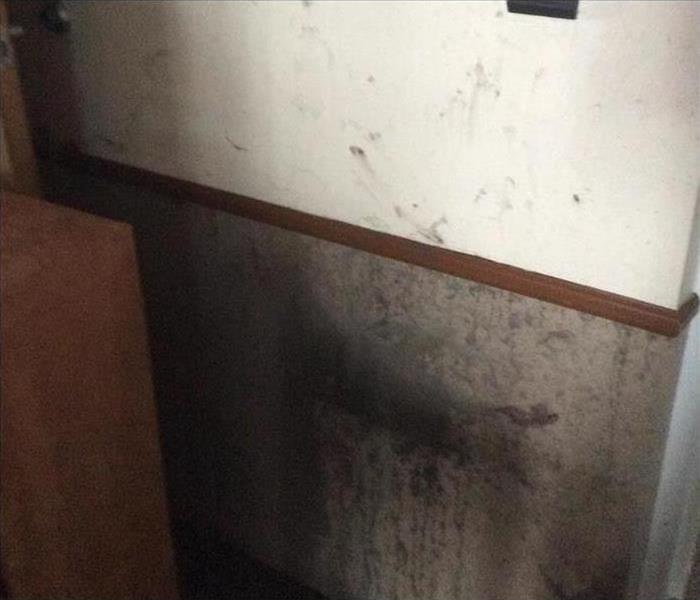Understanding Secondary Damage
5/11/2020 (Permalink)
Any time your business in Gladstone, MO, experiences a disaster, it's crucial to have experts on board during the cleanup phase to assess the best possible solutions to avoid future risk. If a water disaster isn't cleaned and dried properly, you risk secondary damage such as black mold.
The Risk of Secondary Damage
Secondary damage is damage that results from the initial damage. If the initial damage, such as a flooded restroom, is attended to correctly, and damaged materials are replaced, all flooring and cracks in flooring are properly dried, and all contaminants are disinfected or removed, you won't have secondary damage.
It's important to understand that an untrained professional will not have the skills or knowledge to successfully prevent secondary damage. Always hire a certified cleanup and restoration specialist to handle disasters of any size.
Black mold is one of the most common examples of secondary damage. Because black mold can grow behind walls, in ceilings, and under flooring where it can't be seen, it can cause damage for a lengthy period of time before it is found. Black mold grows as a result of materials that remained wet due to high humidity or improper drying techniques.
Preventing Secondary Damage
Prevention measures for secondary damage include using special chemicals, drying techniques, and testing equipment that specialists have been trained to use. When you hire a cleanup specialist, look for the IICRC certification on their web page or advertising. If you don't see it, ask. If the person you hire isn't properly trained, you increase your risk of experiencing secondary damage.
The best way to avoid secondary damage is to call your clean up and restoration professional immediately after the damage has occurred. Secondary damage such as black mold can be as dangerous as the primary damage. The sooner your disaster is cleaned, the fewer material losses you will have.




 24/7 Emergency Service
24/7 Emergency Service
